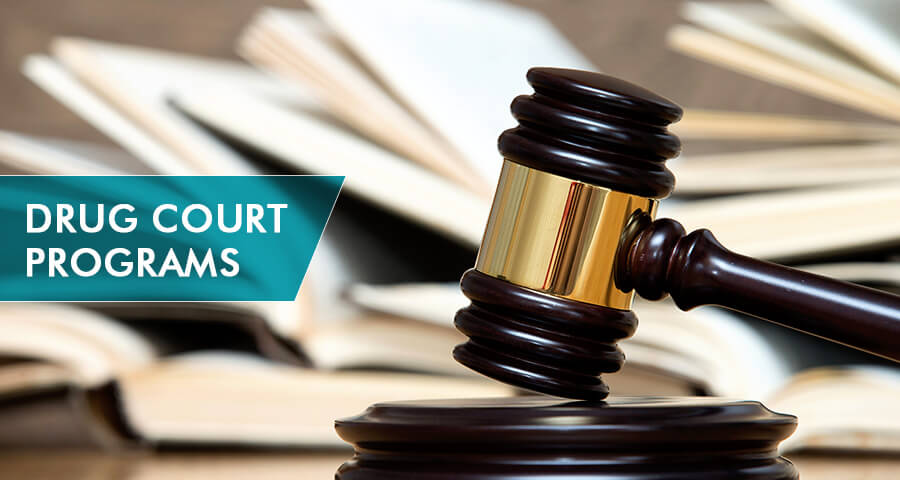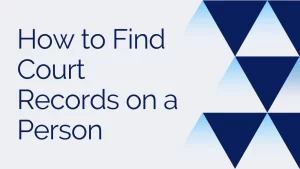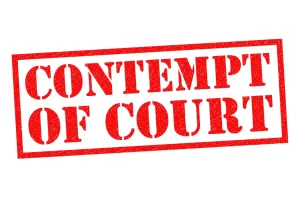what is drug court
Understanding Drug Courts: A Path to Rehabilitation and Public Safety
Drug courts have emerged as a highly effective and innovative approach for addressing substance abuse issues within the criminal justice system. By combining treatment, accountability, incentives, and sanctions, these specialized courts have proven to be a powerful tool for enhancing both public health and safety. This article delves into the concept of drug courts, their operational mechanisms, benefits, and their significant role in reshaping the landscape of addiction and criminal recidivism.
Introduction
Drug courts have revolutionized the approach to addressing substance abuse issues, offering a comprehensive alternative to traditional incarceration. Combining therapeutic interventions with legal consequences, these courts aim to not only rehabilitate individuals with substance use disorders but also reduce the burden on the criminal justice system. By embracing a collaborative framework involving judges, prosecutors, treatment providers, and community support groups, drug courts have proven their effectiveness over two decades of operation.
The Evolution of Drug Courts
Emerging more than two decades ago, drug courts were conceived as a response to the growing realization that treating addiction solely through punitive measures was insufficient. The integration of treatment with the criminal justice process marked a significant shift in addressing the root causes of criminal behavior linked to substance abuse. This holistic approach aimed to break the cycle of addiction and recidivism, leading to safer communities and cost savings for governments.
Key Components of Drug Courts
Early Identification and Placement
At the heart of the drug court model is the early identification of eligible participants and their swift placement within the program. This rapid intervention ensures that individuals receive timely treatment, reducing the likelihood of deeper involvement in the criminal justice system.
Comprehensive Treatment Services
Drug courts provide participants with a continuum of treatment and rehabilitation services, addressing not only substance abuse but also related issues such as mental health, housing, and job training. This comprehensive approach addresses the underlying factors contributing to criminal behavior.
Frequent Testing and Accountability
Regular drug testing and frequent court appearances are fundamental aspects of drug courts. These mechanisms promote accountability and ensure participants remain committed to their recovery journey.
Judicial Interaction and Support
Judicial interaction is a cornerstone of drug courts, where judges engage directly with participants. This interaction fosters a supportive environment and underscores the commitment of the court to the well-being and rehabilitation of individuals.
Impact and Benefits of Drug Courts
Reducing Recidivism Rates
Studies have consistently shown that drug court graduates exhibit significantly lower recidivism rates compared to those processed through traditional courts. This remarkable reduction in criminal re-engagement highlights the success of drug courts in breaking the cycle of repeated offenses.
Curbing Substance Use Among Participants
Drug courts’ emphasis on treatment plays a crucial role in reducing participants’ substance use. The combination of treatment services, testing, and accountability creates an environment conducive to overcoming addiction.
Successful Rehabilitation of Participants
One of the primary objectives of drug courts is the successful rehabilitation of participants. Graduates of drug court programs gain the tools and support needed to rebuild their lives, fostering lasting change and promoting reintegration into society.
Connecting Drug Courts with Law Enforcement
Law Enforcement’s Vital Role
The collaboration between drug courts and law enforcement is pivotal to their success. Law enforcement officers contribute unique insights, improve referrals, and extend the reach of drug court teams into communities for enhanced monitoring.
Strengthening Partnerships
The partnership between drug courts and law enforcement exemplifies their shared commitment to public safety. This collaboration demonstrates the efficacy of drug courts to government and community leaders, emphasizing their role in reducing crime rates.
Expansion and Growth of Drug Courts
Nationwide Implementation
Drug courts have rapidly expanded since their inception, with all 50 states, the District of Columbia, and various territories establishing or planning these specialized courts. This nationwide presence underscores their recognition as an effective means of addressing addiction and recidivism.
Diverse Court Models
While drug courts share core principles, their structure and scope can vary. Additionally, specialized courts such as Veterans Treatment, Tribal Wellness, and Family Dependency Treatment courts have emerged, showcasing the adaptability and success of this model.
Training and Support for Drug Courts
Standards and Implementation
Ensuring the effectiveness of drug courts requires adherence to rigorous standards. The National Drug Court Institute (NDCI) plays a crucial role in providing education, training, and technical assistance to both established and new drug courts.
NDCI’s Role in Education
Supported by federal agencies, including the Department of Justice and the Department of Health & Human Services, NDCI ensures that drug courts receive the necessary guidance to achieve optimal outcomes. This commitment to ongoing education reflects the dedication to maintaining high standards.
Conclusion
Drug courts have emerged as a beacon of hope within the criminal justice system, offering a transformative approach to addressing substance abuse and criminal behavior. By focusing on rehabilitation, collaboration, and accountability, drug courts pave the way for sustained recovery, reduced recidivism, and safer communities. As these courts continue to expand and evolve, their impact on individuals and society as a whole remains profound.
Frequently Asked Questions
What is the primary objective of a drug court?
The primary objective of a drug court is to combine treatment and legal consequences to rehabilitate individuals with substance use disorders, ultimately reducing recidivism rates and promoting public safety.
How do drug courts contribute to cost savings?
Drug courts offer a cost-effective approach by diverting individuals from repeated incarceration and reducing the burden on the criminal justice system. Every dollar invested in drug courts yields substantial savings in the long run.
How can law enforcement’s involvement benefit drug courts?
Law enforcement’s involvement enhances referrals, strengthens community engagement, and showcases the efficacy of drug courts in curbing crime rates and fostering rehabilitation.
Are drug courts only available in the United States?
While drug courts originated in the United States, their success has inspired their establishment or planning in various territories and locations worldwide.
What types of specialized courts have emerged alongside drug courts?
In addition to drug courts, specialized courts such as Veterans Treatment, Tribal Wellness, and Family Dependency Treatment courts have emerged to address specific needs and populations, expanding the impact of this innovative approach.








